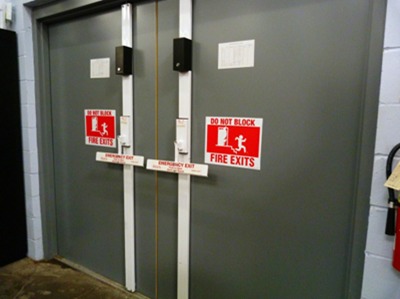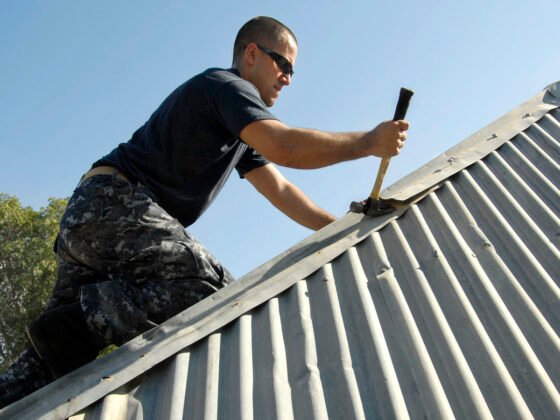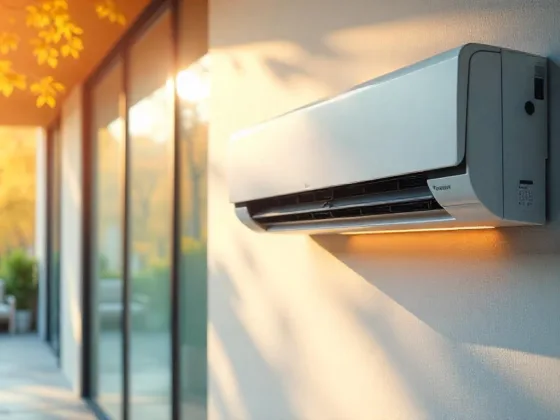Table of Contents Show
To ensure safety measures, fire doors in hospitals are a requirement in health facilities. From patient consideration to emergency protocols, each part of medical care is planned because of the prosperity of people.
One basic component frequently overlooked but essential to guarantee the security of patients, staff, and visitors is the implementation of fire doors.
In this article, we will dive into the meaning of fire doors in hospitals, investigating their design, benefits, and critical role in safeguarding lives and property.
Understanding fire doors
Fire doors are a principal component of an infrastructure’s passive fire protection system. Their main role is to compartmentalize and contain the spread of fire, smoke, and poisonous gasses, permitting occupants to evacuate securely and allowing emergency responders to intervene.
In medical clinics, where the potential for fire risks is uplifted because of the presence of electrical hardware, combustible materials, and different life-saving apparatus, the installation of effective fire doors at hospitals is of utmost importance.
Role of Fire Doors in Hospitals
Fire doors are specially designed doors with heat-proof properties, providing a barrier against the spread of fire, smoke, and toxic fumes. In medical facilities, where the priority is to safeguard patients, medical care experts, and important medical equipment, the fire doors are most significant.
Fire doors act as a barrier, in preventing the quick spread of fire from one region to another. In case of a fire outbreak, these entryways can contain the flames, giving inhabitants the additional opportunity to securely clear. Clinics are complex structures with different divisions, and fire doorways assume an essential part in compartmentalizing the office to limit the effect of a fire.
Hospitals take special care of a different patient populace, including people with limited mobility or those in critical condition. Fire entryways play a pivotal role in securing these patients, guaranteeing that they are safeguarded from the impending risks of a fire.
Moreover, the containment of smoke and poisonous fumes by fire doors at hospitals keeps a more secure climate for patients who may be dealing with respiratory issues.
Hospitals are equipped with a wide range of complex clinical instruments and machinery, which are all fundamental for patient care. Fire doors play a significant part in safeguarding basic equipment from harm caused by fire, smoke, or heat intensity.
Protecting these assets is not just significant for patient care but also for the functional continuity of the medical care facility. Medical care experts are the foundation of any hospital, and their security is of utmost importance. Fire doors give a safe method for exit if there should be a fire crisis, permitting clinic staff to exit rapidly and effectively.
This is especially basic in high-stress circumstances where every second counts. Hospitals have critical infrastructure like clinical hardware, records, and drugs. These resources are fundamental for patient consideration as well as costly and challenging to replace.
Fire doors contribute fundamentally to the security of this framework by making compartments that limit the fire’s span, diminishing the risk of extensive damage.

Design considerations for fire doors hospital
Fire doors are normally developed from materials with fire-resistant properties. In hospitals, where safety is central, doors are frequently produced using steel or other heat-proof materials. These materials endure high temperatures as well as add to the generally primary structural integrity of the door, guaranteeing long-term reliability.
Appropriate sealing is critical to the viability of fire doors. Intumescent seals and gaskets are ordinarily used to extend and make a tight seal when presented with heat, preventing the release of smoke and flames. This component is particularly basic in hospitals, where the control of smoke is fundamental for keeping a protected climate for patients and staff.
While booth fire- and steel doors in hospitals should be successfully regulated, they likewise need to facilitate swift and easy evacuation. Considerations for accessibility, like entryway width, simplicity of activity, and compatibility with emergency frameworks, are imperative in medical clinic settings where patients with different health levels need to be cleared rapidly.
Fire doors are essential parts of a more extensive fire security framework. Integration with fire detection and suppression systems guarantees that the doors work speedily in the presence of fire. This interconnected methodology improves the general adequacy of the fire security measures in place.
Regulatory compliance
Hospitals depend upon severe building regulations and guidelines to guarantee the well-being of patients, staff, and visitors. Consistent with fire security principles, including the establishment of suitable fire doors, is a lawful necessity for medical services offices. Administrative bodies, like the National Fire Protection Association (NFPA) and local building authorities, set rules that fire doors should comply with fire safety measures. Failure to comply with these guidelines can prompt extreme outcomes, including fines and the closure of the facility.
Integration with fire alarm systems
Fire doors are frequently incorporated into a hospital’s comprehensive fire protection system, which incorporates fire alarms, sprinklers, and smoke identification frameworks.
At the point when an alarm is set off, the fire doors may consequently close, preventing the spread of smoke and flames. This integration improves the general viability of the fire security measures in place, making an organized reaction to potential fire crises.
Maintenance of fire doors hospital
The viability of fire doors depends intensely on regular maintenance and inspections. Hospital administrators should lay out a standard review timetable to guarantee that all fire doorways are working accurately.
This incorporates checking for appropriate arrangement, guaranteeing that seals and gaskets are intact, and confirming that the door’s closing mechanism is functional. Routine assessments by qualified personnel help recognize and resolve any issues speedily, guaranteeing that the fire doors stay reliable in case of a crisis.

Education and training
For fire doors hospital setting, the progress of any security method relies upon the information and readiness of the occupants. Medical clinics ought to conduct regular fire safety training for staff, underscoring the significance of fire doors and their role in emergency procedures.
This training should cover proper evacuation routes, the utilization of fire extinguishers, and figuring out the usefulness of fire doors. The objective is to make a very educated and responsive community that can respond successfully despite a fire crisis.
Challenges in maintaining fire doors in hospital
Despite the importance of fire entryways in medical clinics, a few difficulties might emerge in their implementation and maintenance.
Healthcare facilities frequently work inside limited financial plans, and allocating funds for fire safety measures, including the establishment and support of fire entryways, can be challenging. Be that as it may, putting resources into these actions is fundamental for the drawn-out security and prosperity of everybody inside the office.
Appropriate use of fire doors and an understanding of evacuation techniques is basic for the adequacy of these safety measures. Medical clinics should put resources into staff preparing to guarantee that representatives are knowledgeable in fire safety protocols and can answer suitably in crisis circumstances.
Fire entryways, like other mechanical parts, require normal support to guarantee their usefulness. After some time, mileage can damage these entryways. Hospitals need to execute routine inspections and maintenance schedules to resolve any issues promptly and keep the fire doors in optimal condition.
Conclusion
For safety measures in healthcare facilities, fire doors and hospital stands as guardians, in any crisis condition. Their role in compartmentalization, regulation, and emergency evacuation is crucial for the safety measures of patients, professionals, staff, and visitors.
Hospitals should focus on the installation, maintenance, and inspection of fire doors to ensure a high standard of safety. As medical care offices develop, incorporating advanced technologies the significance of fire doors stays a foundation in the unwavering commitment to safeguarding lives and property.










